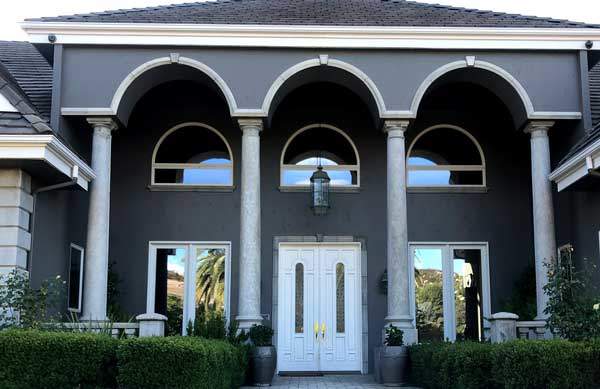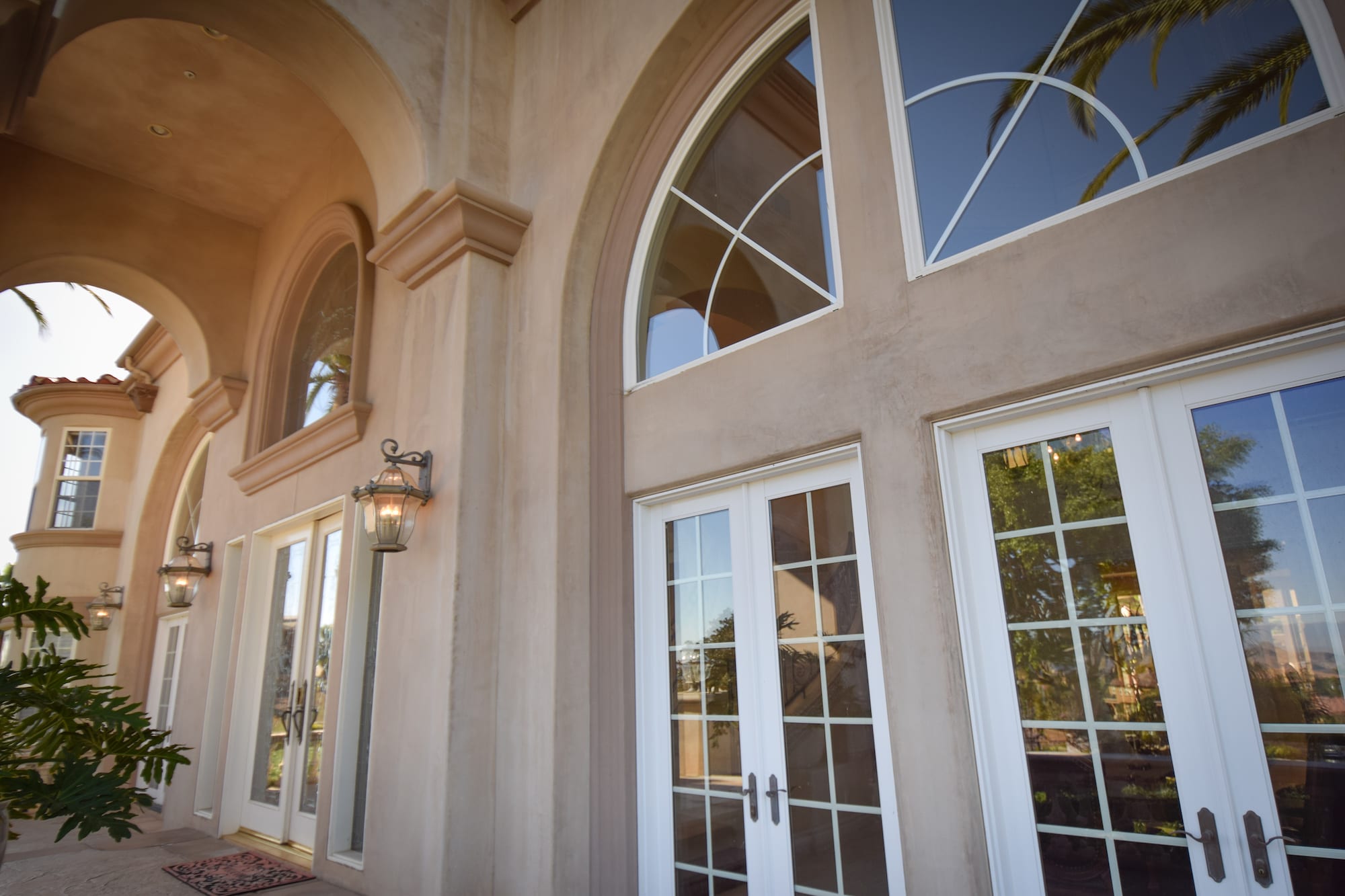Residential Window Tint: An Overview to Picking the Right Color
Residential Window Tint: An Overview to Picking the Right Color
Blog Article
How Residential Window Tinting Boosts Your Home's Power Efficiency
Residential home window tinting provides a compelling solution for property owners seeking to improve power efficiency within their living rooms. By using specialized films to windows, it effectively reduces warmth transfer, therefore stabilizing interior temperature levels and lessening the need for extreme home heating or air conditioning.
Understanding Home Window Tinting
Understanding home window tinting is vital for homeowners looking for to enhance both comfort and energy performance in their space. Residential Window Tint. Window tinting includes the application of a slim film to the interior or exterior surface area of glass windows. This film can substantially modulate the amount of sunshine and warmth that goes into a home, therefore affecting indoor climate conditions
There are numerous sorts of home window tinting movies readily available, each with distinctive residential properties. For example, colored films soak up solar power, while reflective films disperse it far from the glass surface. Ceramic films use a balance of exposure and warm denial, making them a prominent selection amongst homeowners. The efficiency of window tinting is often determined by its Visible Light Transmission (VLT) percent, which shows just how much light can pass via the movie.
Advantages of Power Efficiency
Home window tinting not only improves visual appeals but also plays a significant role in enhancing energy efficiency within property rooms. By reducing warmth transfer via windows, colored films develop a more steady interior climate, which can result in considerable reductions in energy usage for home heating and air conditioning. This power effectiveness equates right into lower energy bills, giving home owners with significant long-lasting financial savings.

In addition, window tinting enhances the comfort of living areas. By lessening glare and blocking unsafe UV rays, colored home windows develop a more pleasurable setting, which can cause improved wellness for owners. The protection versus UV rays likewise helps protect furniture and floor covering from fading, adding to the longevity of house products.
Exactly How Tinting Functions
Tinting movies run with a combination of advanced products and modern technologies developed to regulate the quantity of solar power getting in a home. Primarily composed of polyester, these movies often include ceramic or metallic particles that absorb and mirror warm. This twin capability enables them to significantly minimize the infiltration of ultraviolet (UV) rays and infrared radiation while allowing visible light to pass through.
The effectiveness of window tinting is measured by its solar warm gain coefficient (SHGC), which indicates how much solar power is transferred through the home window. Lower SHGC worths are more effective as they represent higher warm denial. Additionally, window tints can feature a variety of shades, permitting homeowners to customize their visual preferences while boosting power efficiency.
In addition, these films work as a barrier, preventing warmth loss during colder months by showing interior warmth back into the living room. This thermal insulation impact matches the cooling benefits gained during warmer months, contributing to a balanced indoor environment Click Here year-round. By handling solar power successfully, property window tinting not just boosts convenience yet additionally plays a vital duty in lowering energy consumption and reducing energy expenses.
Selecting the Right Color

There are different kinds of home window movies readily available, consisting of dyed, metalized, and ceramic. Ceramic films provide excellent warmth control without jeopardizing presence and are very long lasting, making them a preferred option.
Visible light transmission (VLT) is another crucial aspect, as it indicates the quantity of natural light that can go through the tinted glass. Home owners ought to choose a tint with a VLT that complements their lights preferences while still providing appropriate glare reduction.
Furthermore, analyzing the solar heat gain coefficient (SHGC) can aid establish just how well a color can obstruct heat discover this info here from sunshine. A reduced SHGC shows much better warmth control, eventually improving energy effectiveness.
Setup and Upkeep Tips
Proper installation and maintenance are vital elements in making best use of the benefits of property window tinting. Specialists likewise utilize specialized strategies and tools, which can improve the toughness and effectiveness of the color.
Following installment, upkeep is crucial to extend the life of the window movie. It is advised to wait at the very least 30 days prior to cleaning the colored windows to allow the sticky to heal fully.
Attending to these issues without delay can avoid further damage and maintain power effectiveness. By adhering to these installment and maintenance tips, property owners can ensure their window tinting continues to supply considerable power savings and convenience for years to come.
Verdict
In final thought, domestic window tinting offers as an effective remedy for improving energy performance within homes. By lowering heat transfer and obstructing unsafe UV rays, window movies add to decrease energy intake and improved indoor comfort.
Window tinting includes the application of a slim movie to the interior or outside surface area of glass home windows. By minimizing heat transfer with home windows, tinted films create a more stable indoor climate, which can lead to considerable decreases in power usage for heating and air conditioning.The effectiveness of home window tinting is measured by its solar warm gain coefficient (SHGC), which suggests exactly how much solar energy is sent with the home window. By handling solar energy successfully, household home window tinting not only improves convenience but also plays an essential duty in minimizing power intake and lowering utility costs.
By minimizing warmth transfer and blocking damaging UV rays, home window films contribute to lower power intake and enhanced interior convenience.
Report this page